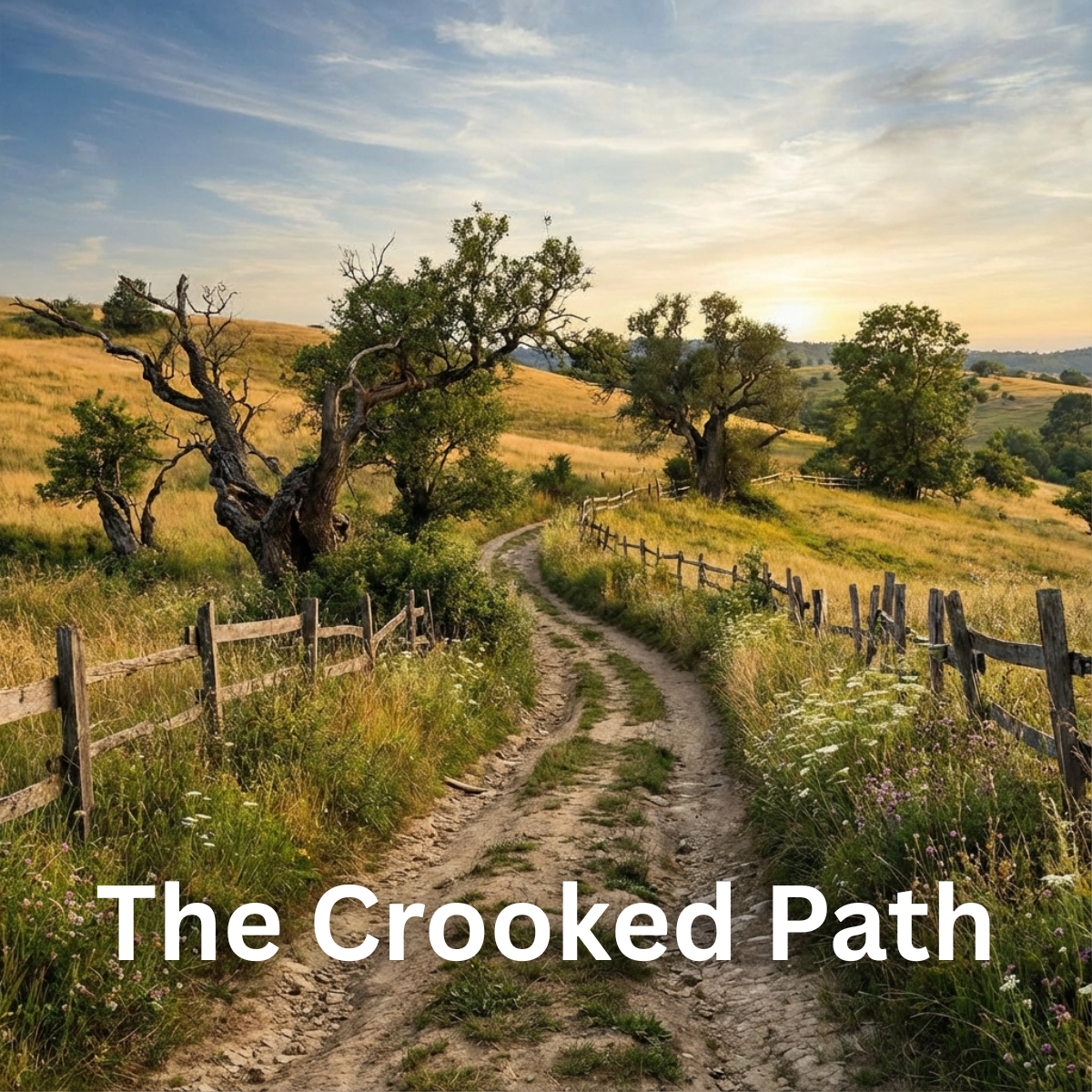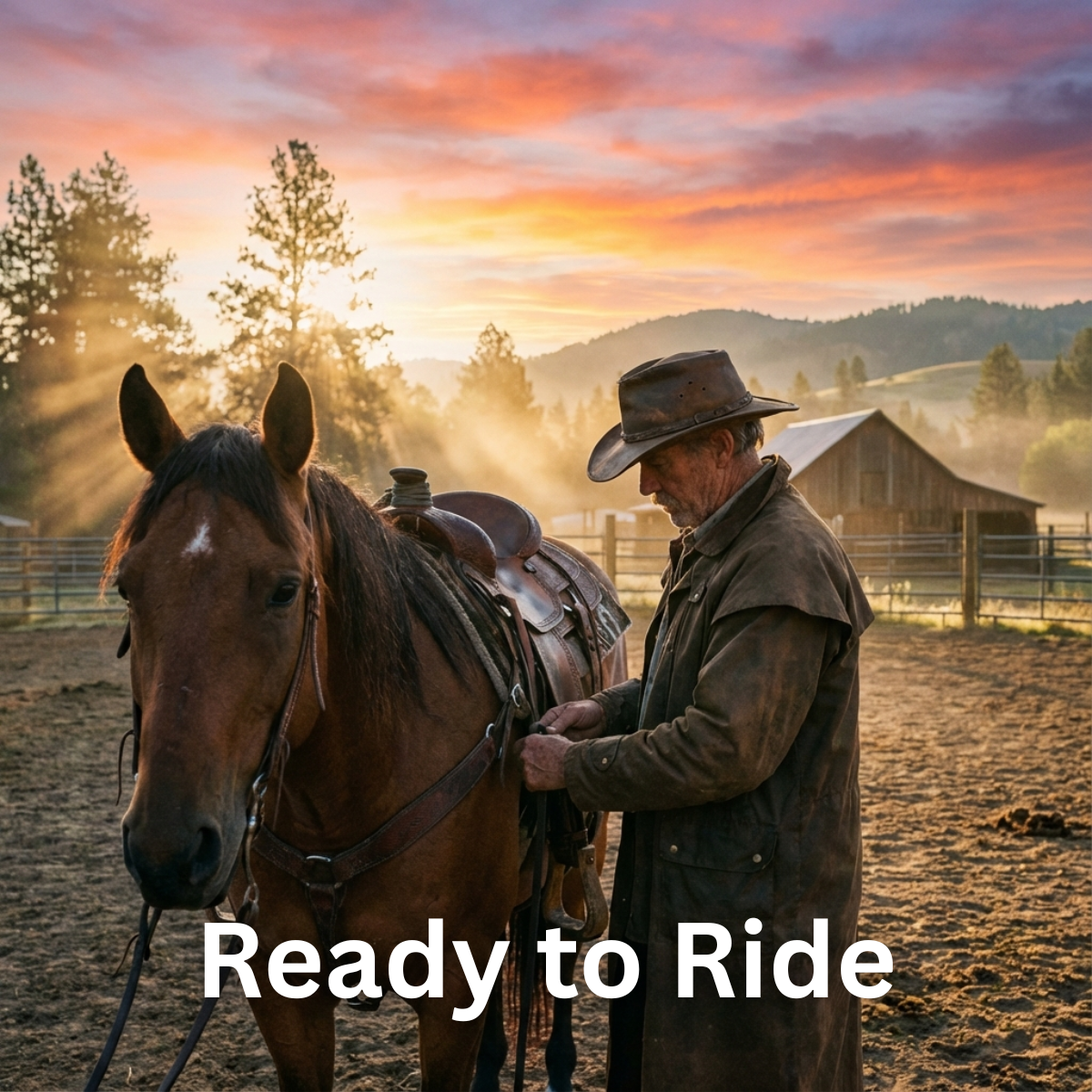Once a long, long, time ago probably before man ever walked the earth, a small little field mouse named Guthrie and his little family accidentally got dropped into the Mojave desert. How they got their is lost to memory. I would say they hitched a ride on a produce truck, but since man did not exist yet, neither did produce trucks. Perhaps it was a flood. A massive rain storm found the family stranded in some debris which floated down the Colorado river and next thing you know they are scrambling out of the mud looking for drier ground. Well they found it, and the little mountain meadow field mice family found themselves smack dab in the middle of the mojave desert.
As you can well imagine, this was no place for Guthrie and his little family. His wife bitterly complained about his incompetence in navigating, she even blamed him for the rain storm which still made him feel a bit exasperated. His 6 little mice children (4 daughters and 2 sons) seemed happy enough, which brought a smile to his face. You see they were very fortunate that first year. The rains had produced an overabundance of water and food in the area. They found a nice set of bushes to settle into, which gave them shelter and plenty of food. There was a small trickle of a stream nearby which gave them all the water they good need. That year they added a few more mice to their family and before you could take stock of the number in the family, there was a bustling little mouse community.
Unfortunately, the rains do not only bring plenty of food and water. They also bring predators, primarily the viper, or what is known as the Diamond Back Rattlesnake. One day, Guthrie heard his children squealing and thinking they were just carrying on like they always do discovered that one of his daughters had been taken by this monstrous snake. They hid themselves away watching carefully out to a rock cropping where the snake was basking in the sun, evidently digesting what remained of his daughter. This terrified his family and was their first lesson in respect for the desert environment. They lived in a harsh climate and they would not soon forget.
Years went by, and there were a few more altercations with the snake. A few more family members were lost, but that was not as devastating as the lack of rains. The desert became more arid and the food sources started to become more sparse. Water become hard to find and the growing band of field mice had to start figuring out how to survive. They had to start wandering out further and further in their scavenging attempts. During the day the heat was unbearable, so they learned to traverse the desert landscape at night. This was a better time to crawl around the desert floor, but also highly dangerous as that was the time the Rattlesnakes would be out hunting as well.
The family adapted and survived. Despite it all the mice grew in population and began to spread out across the mojave. Guthrie in his ripe old age could not even count the number of offshoots anymore. Great, Great Grandsons were starting large communities themselves by now and Guthrie could already see how the mice were adapting to the desert. They were faster now, stronger, more adept at night time foraging. He was proud of his sons and what they had accomplished. Guthrie quietly passed away one hot summer day, and his last thoughts were about how amazing it was that his little family of field mice had managed to survive this long.
Generations later, the field mouse was not really a mouse any more. They were something different, but for all intents and purposes still a mouse. They had larger eyes now for seeing at night. Their sense of hearing and ability to sense movement was highly refined. They were also no longer afraid of Rattlesnakes. It was one of Guthrie’s grandsons that first started the movement. You see the grandson saw his mother, his sister and two of his small brothers fall victim to the same viper one year. His mind became bent on revenge, he started to make a game of tormenting the Rattlesnake. You see his grief filled him so much that he did not care if he lived or died. Instead he started making a game of seeing how close he could get to the Rattlesnake and still get a way. He would sneak up to it while it was napping, quickly kick its tail and then run as fast as he could.
Overtime this agile little mouse started figuring out just how far a snake could strike from a laying position, and from a coiled position. He knew how high and how far the snake could lift off the ground. He began to become an expert and determining the vibration the snake would make on the ground when its muscles bunch up in preparation for the attack. Willie, that was his name, also started to learn that he could withstand a bite or two. As long as he could escape, he could crawl into his hole and wait it out for a few days. After being incredibly sick for a few days, he would get better. After a while, the snake venom just did not effect him that much. Willie started teaching his relatives and friends this new art form of snake dancing.
Everyone thought he was crazy, but soon enough, little ninja warrior mice schools started popping up everywhere. Little mice kids would be seen practicing in the bushes, jumping forward and back, lifting high up and spinning in an acrobatic moves, seemingly defying gravity. The schools started identifying with a mystical creature that they read about in a book, called the Kangaroo. Soon enough, the adopted this name and before long they became known as the Kangaroo Field Mice. For some reason, thousands of years later they would be called rats, but no one really knows why that name stuck. Willie and his buddies were really nothing more than average field mice.
However, over time, this culture of snake dancing and snake teasing became art form. Legends arose and heroes were created. Young girl mice were attracted to the boy mice that could jump the farthest, highest and with the greatest speed. Pretty soon, they were pushing the envelope on what they could do. A good Kangaroo warrior could now flip sand in the eyes of a rattler, do a back flip and land cleanly just a few millimeters away from the snake’s extended jaws and just for a good measure, flick him in the nostrils with his bushy little tail. A new food source became available. Snake eggs were quite yummy and a nice little treat to bring home. National holidays started to form around the scavenging and discovery of a bounty of snake eggs.
The little field mice family became the snake butt kicking tribe of the Kangaroo Rats. The moral of this story is that you can survive any environment that you are in, and can topple any foe no matter how deadly. If your distant small mouse of a cousin, Guthrie can learn to survive in the Mojave then you can do it too. BTW, this is a true story. Do not believe me? Then check out Guthrie’s descendants in action.
Guy Reams



